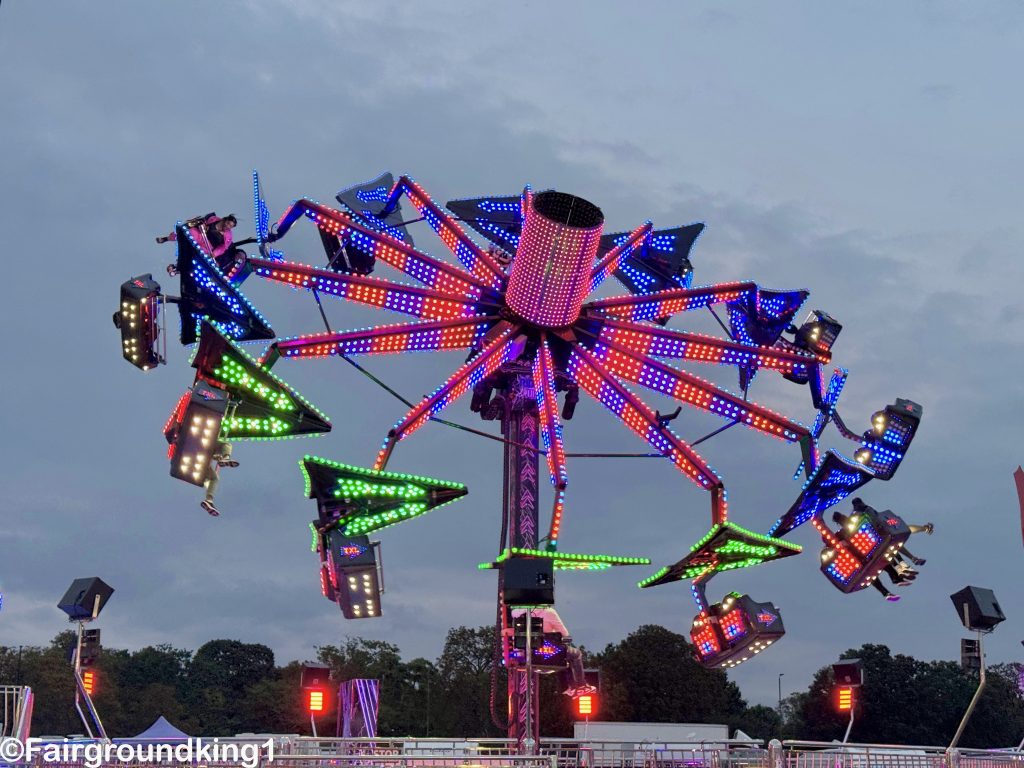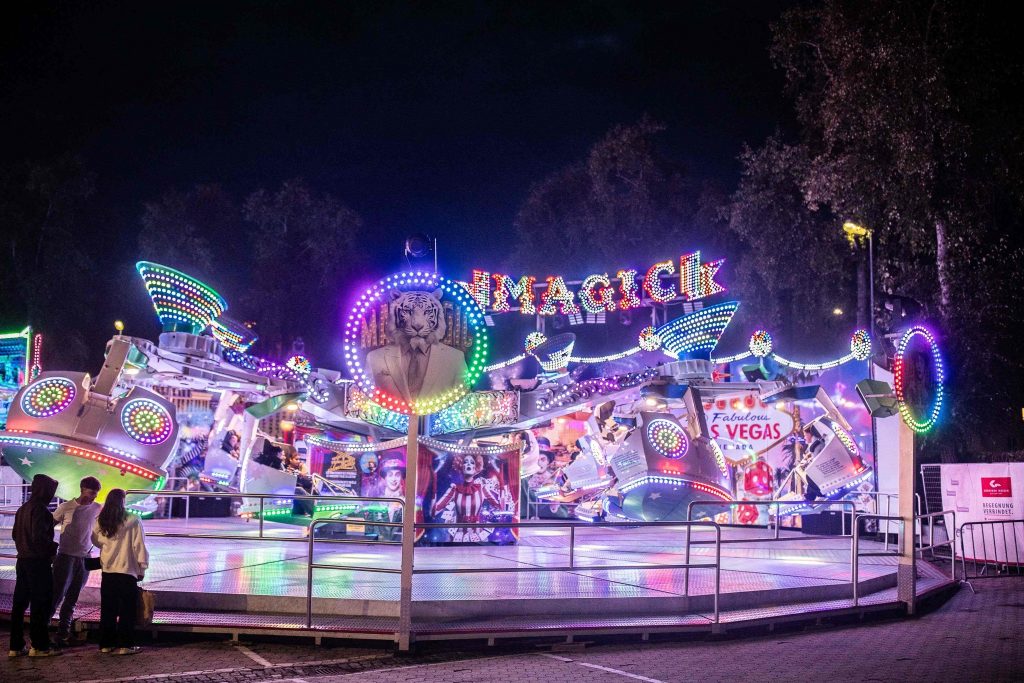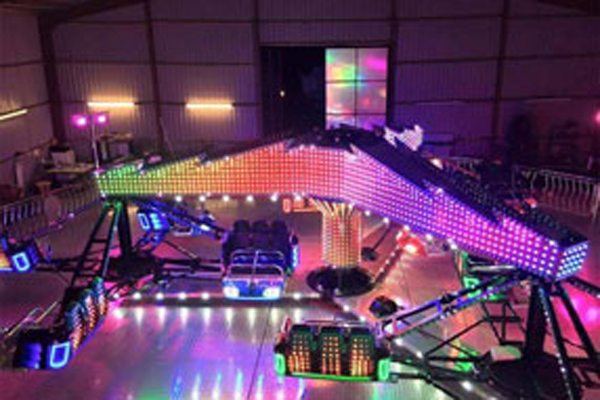What is the physics behind amusement park rides?
There are many different physical principles behind the rides in the amusement park, which together ensure the safety, fun and excitement of the rides. Here are some of the main rides and the physical principles behind them:
- Rotating equipment
- Representative facilities: Ferris wheel, carousel, etc.
- Physical principles:
- Friction: Friction plays a key role in rotating equipment, which affects the rotation speed of the facility. The greater the friction, the slower the facility rotates.
- Gravity: Although gravity is not the direct cause of the rotation of the rotating equipment, it plays a stabilizing role when the equipment rotates, preventing decorations or passengers from flying out due to centrifugal force.
- Dynamics: The motor or internal combustion engine provides power for the rotating equipment, and achieves uniform rotation through the reducer and transmission system.
2. Sliding equipment
- Representative facilities: Roller coaster, rapids, etc.
- Physical principles:
- Gravity: Gravity is the main principle that allows sliding equipment to achieve high-speed travel. The facility obtains gravitational potential energy at a high altitude and quickly releases it by falling, converting it into kinetic energy to achieve high-speed movement.
- Mechanics: The design of sliding equipment such as roller coasters needs to consider the material’s bearing capacity and mechanical mechanics to ensure the safe operation of the facilities. For example, the lateral force of the track can protect the wheels and prevent the roller coaster from flying off the track.
- Dynamics: The vehicle is driven to slide along the track at high speed by gravity and elastic force, and the hydraulic or pneumatic system is used to achieve flipping and jumping.
3. Shooting equipment
- Representative facilities: laser shooting, bow and arrow shooting, etc.
- Physical principles:
- Optical principles: Shooting equipment achieves accurate shooting effects through optical aiming technology.
- Electronic sensing: Electronic sensing technology is used to detect shooting targets and record shooting results.
4. Other equipment
- Water park facilities: such as slides, dynamic drifting, etc.
- Fluid mechanics principles: The facilities of the water park apply the principles of liquid movement in fluid mechanics. Water provides resistance to slow people down in the waterway, while the water flow in the waterway provides thrust to allow people to slide on the water.
- Ice and snow world facilities: such as ski resorts, etc.
- Thermal principles: When keeping the ice surface hard, the ski resort needs to add coolant to maintain a low temperature environment.
In summary, there are many physical principles behind the rides in the amusement park, which together ensure the safety and fun of the rides. At the same time, when designing and manufacturing amusement facilities, designers also need to consider these principles as well as the nature of the facilities, usage scenarios, and safety standards. Fun Amusement Lighting Provide decorative lights for various amusement park rides.
















